
Post by : Meena Rani
Every car, whether small or large, contains hundreds of wires that connect different parts of the vehicle. These bundles of wires are called wire harnesses. They help everything in the car work properly—from headlights and power windows to seats, sensors, and engines. Without these harnesses, cars cannot function correctly.
Even though wire harnesses are very important, they are often overlooked. People usually talk about engines, tires, or even microchips, but these wires quietly keep the car running safely. They are a small but essential part of modern vehicles.
Challenges in Wire Harness Production
A large part of the world’s wire harnesses is produced in Ukraine. Due to the ongoing war, factories in Ukraine have struggled to continue production. This has caused serious supply problems for car makers all over the world.
The shortage of these parts has created delays in car production. Automakers cannot build their vehicles on time if they don’t have the right wiring. This has made car manufacturing more difficult, especially for traditional combustion engine cars that need complex wiring systems.
How This Pushes the Shift to Electric Vehicles
Because of the wire harness shortage, many car manufacturers are rethinking their strategies. Electric vehicles (EVs) use different wiring systems that are simpler and lighter than traditional combustion cars. This makes EVs less dependent on the labor-heavy and complex harnesses used in older cars.
For manufacturers, switching to EVs can help avoid the delays caused by the wire harness shortage. It also allows them to produce vehicles more quickly and efficiently.
Advantages of Electric Vehicle Wire Harnesses
Wire harnesses in electric cars are designed differently. They are lighter, which helps the car drive farther on a single charge. These harnesses are also easier to make using automated machines instead of relying on manual labor.
Because EV harnesses are simpler and lighter, car companies can produce more vehicles faster. This also reduces costs and makes electric cars more practical for the future.
How the Industry Is Responding
Some automakers are developing new ways to handle the wire harness problem. One approach is using modular designs, where parts of the wiring system can be produced separately and then quickly assembled.
Digital design files allow manufacturers to make these harnesses more efficiently. This helps minimize delays caused by supply chain disruptions and allows car companies to respond more quickly to changing demands.
What This Means for Combustion Engine Cars
The challenges in producing traditional wire harnesses may encourage car manufacturers to move toward electric vehicles sooner than expected. Combustion engine cars require complicated wiring, which is now harder to produce.
As a result, electric vehicles could become the preferred choice for both manufacturers and consumers. This shift may happen faster than anyone imagined, changing the future of the automotive industry permanently.
Wire Harness, Electric Vehicles, Automotive Industry, Supply Chain Disruption


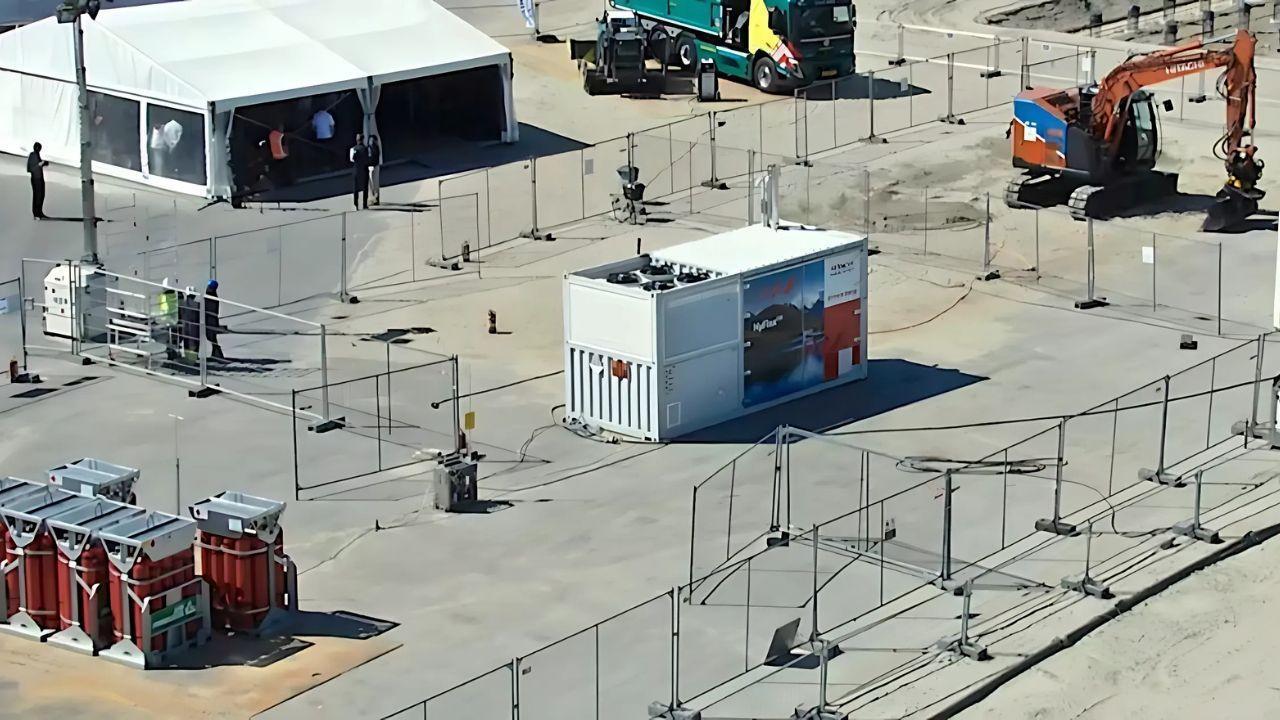
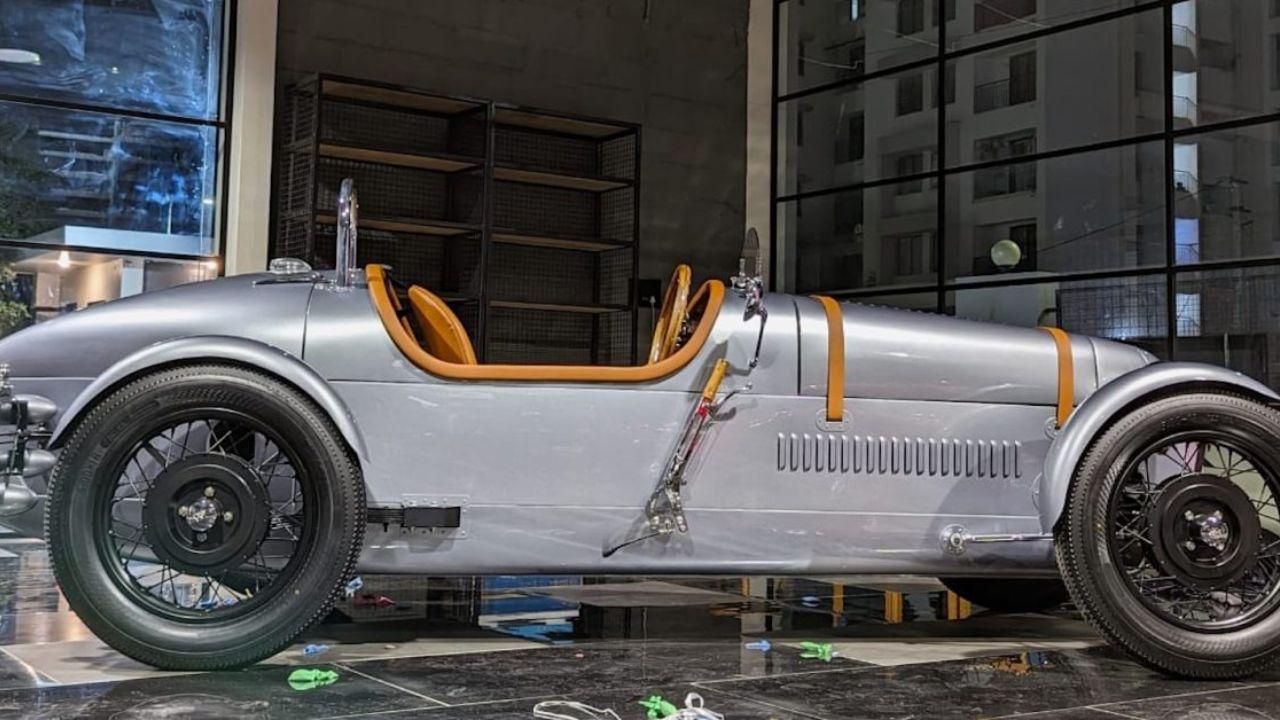
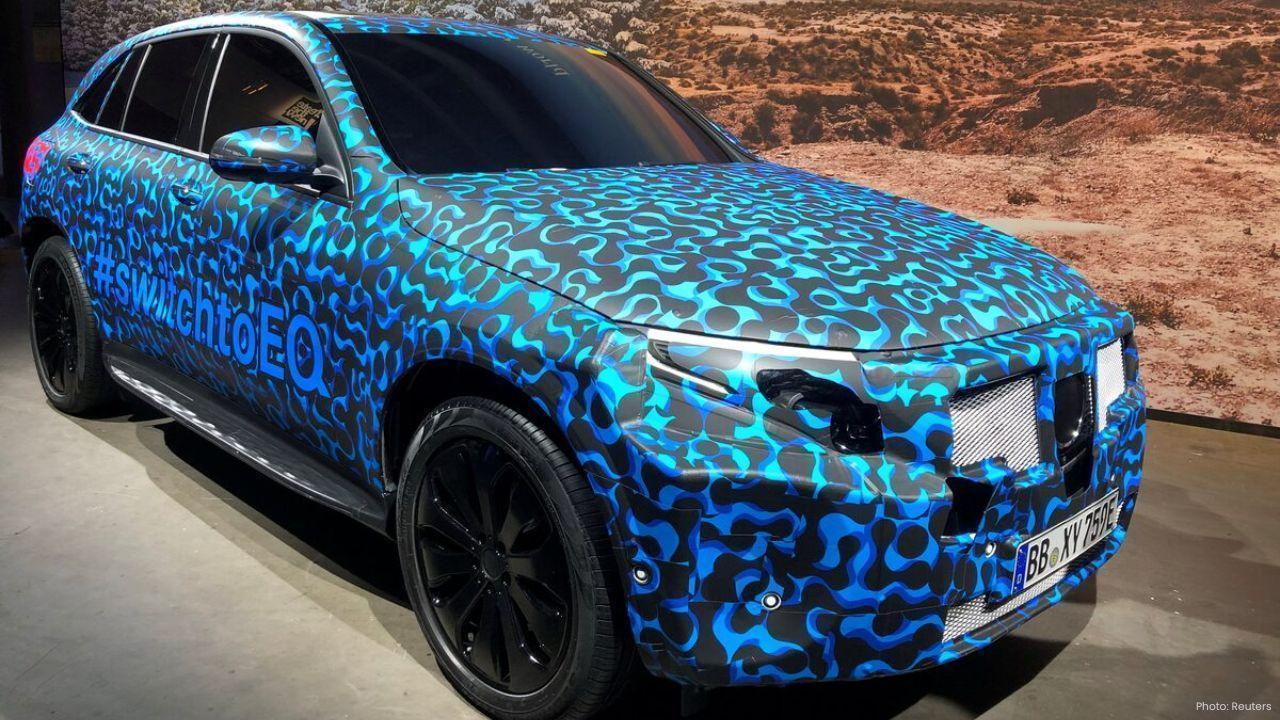

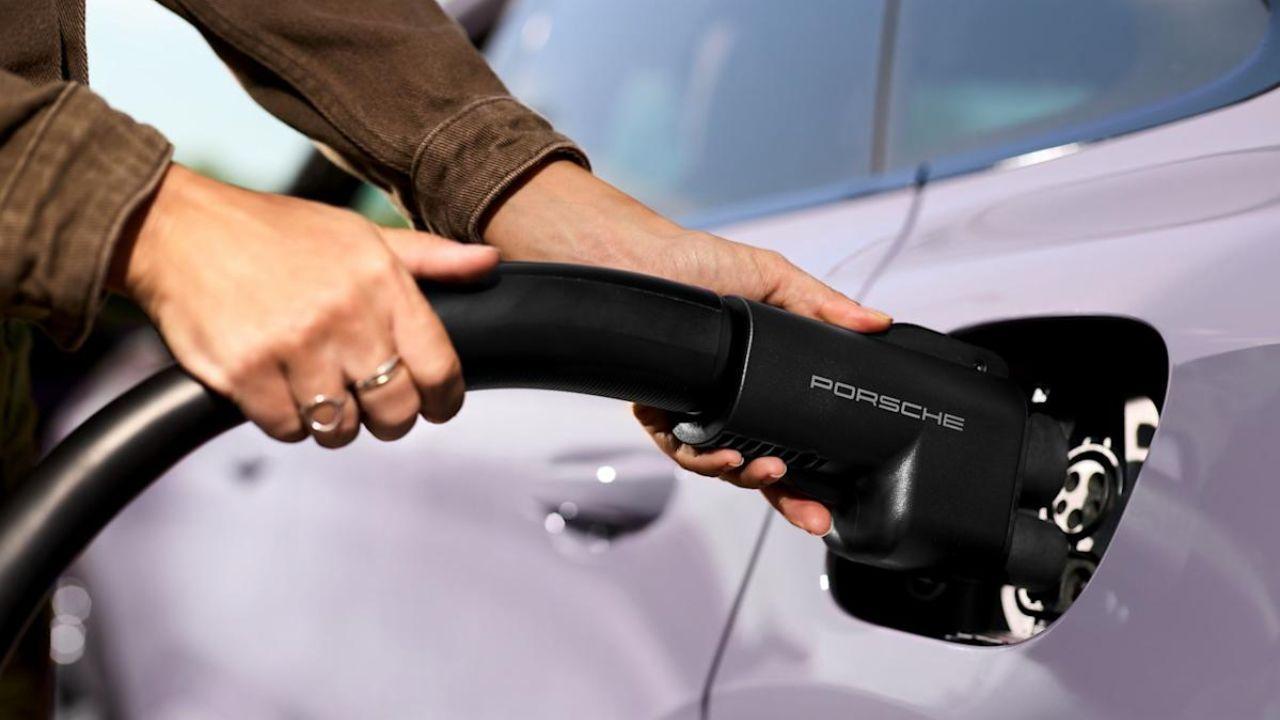


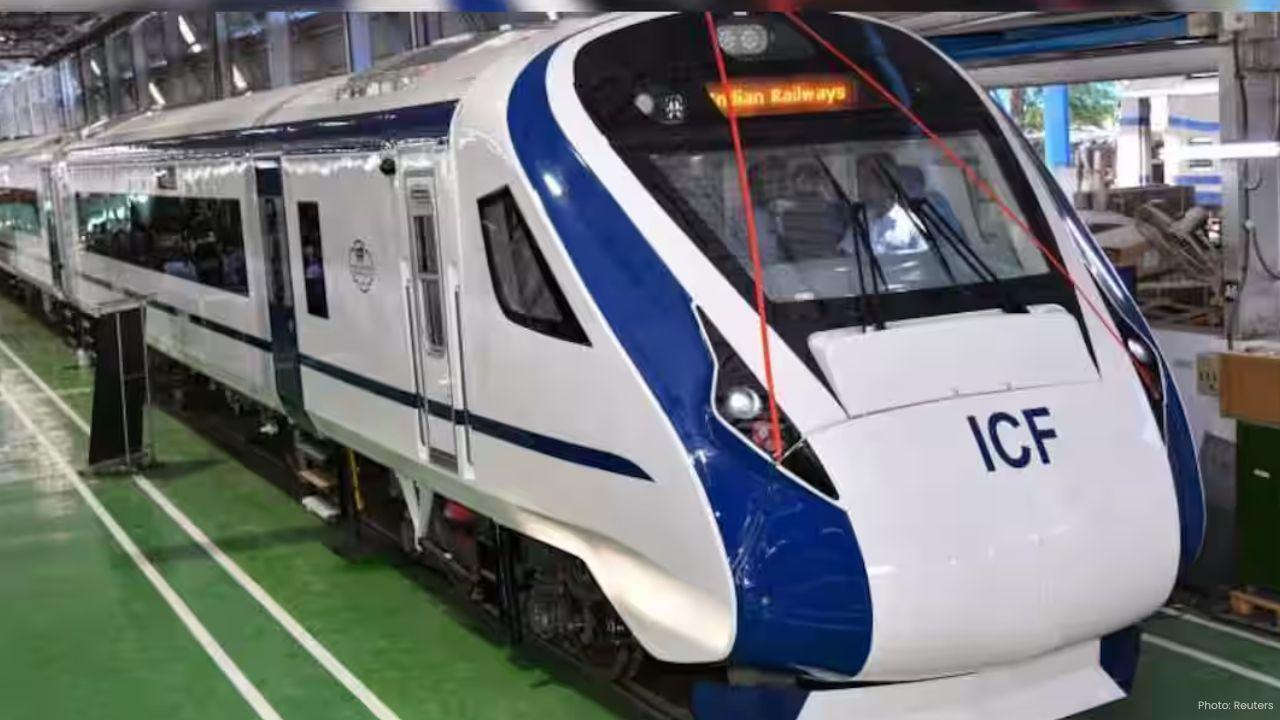
Vande Bharat Passenger’s Spitting Incident Sparks Nationwide Debate
A passenger spitting on the Vande Bharat Express floor sparks online debate on civic sense cleanline

OnTrac Introduces Ground Essentials Service for Affordable and Reliable Shipping
OnTrac launches Ground Essentials a new service offering cost-effective parcel delivery with up to 3

Breeze Airways Earns Five-Star Status as North America's Top Airline
Breeze Airways achieves a five-star rating marking it as North America's leading major airline for 2

Royal Enfield Cuts Prices on 350cc Bikes After GST Rate Reduction
Royal Enfield reduces prices on 350cc motorcycles from September 22, 2025, following GST rate cuts,

Viva ACP Boosts Bus Safety with Strong Lightweight Aluminium Panels
Viva ACP’s panels make buses safer lighter and stronger—saving energy and protecting passengers with

Steelpaint’s Stelcatec Coating Gets UK Rail Approval
Steelpaint’s Stelcatec coating approved by UK Network Rail for durable, fast, and effective protecti